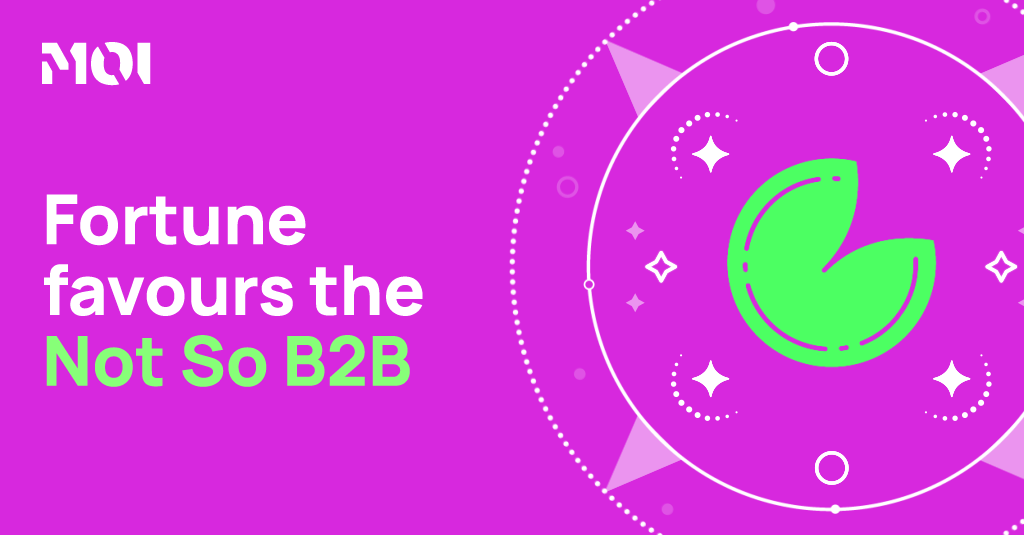We’re all about delivering better B2B experiences.
At this time of year, we often spend time contemplating what lies ahead in our industry, what this means for our clients, and how we can affect creative change.
So here are 12 pearls of (dare we say) wisdom, designed to spark ideas and help shape more inspired future marketing strategies.
Our advice? Be brave. After all, fortune favours the creative.
1. Move over ABM, it’s time for ABA.
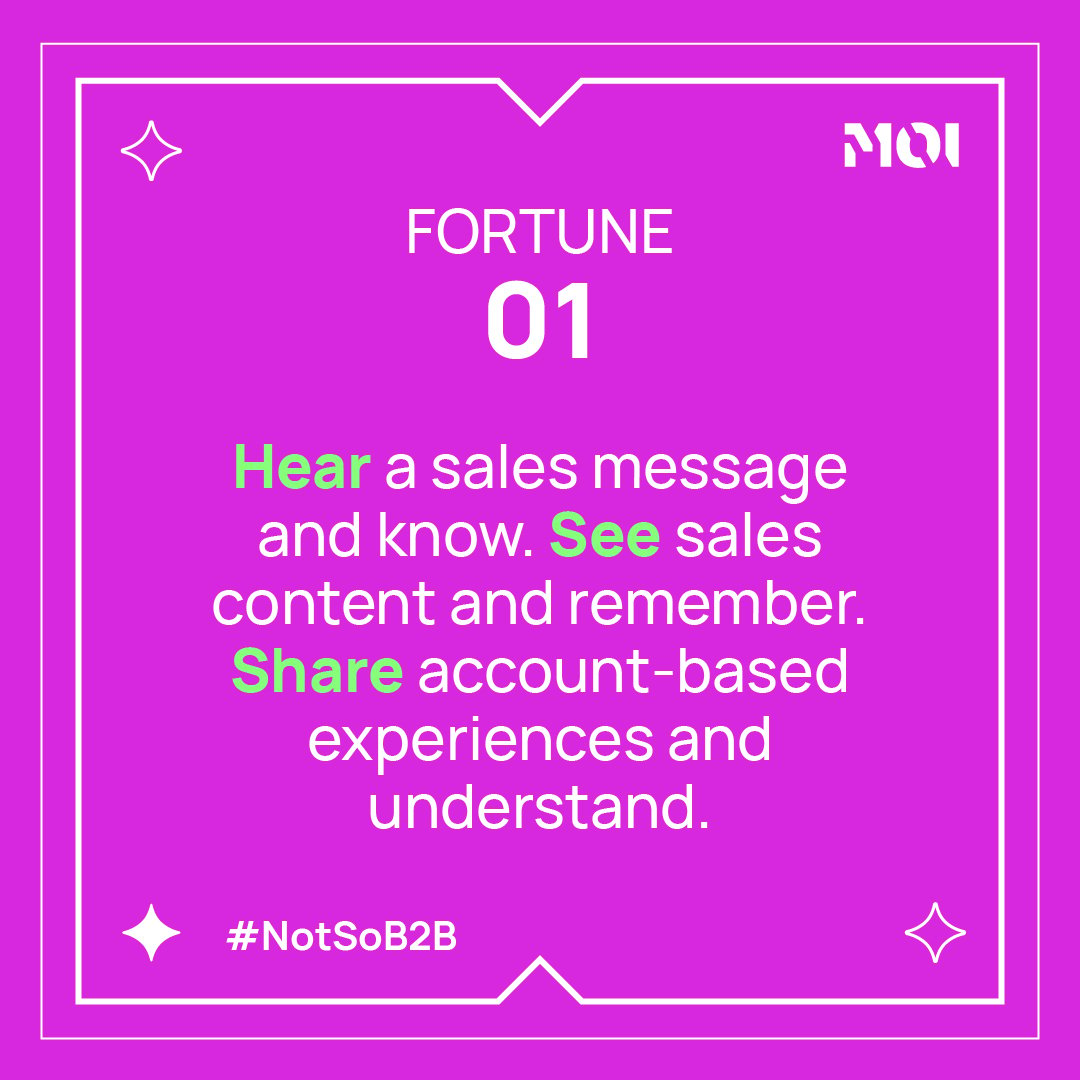
As customers become increasingly empowered and digitally connected, customer engagement will centre on personalised and meaningful interactions—tailored to their unique needs, preferences, and challenges. This means customer experiences need to be centre stage. And marketers will increasingly turn to account-based experiences, to engage each decision maker and influencer within any buying group, through consistent, relevant, and personalised journeys.
2. Align Sales & Marketing towards revenue.
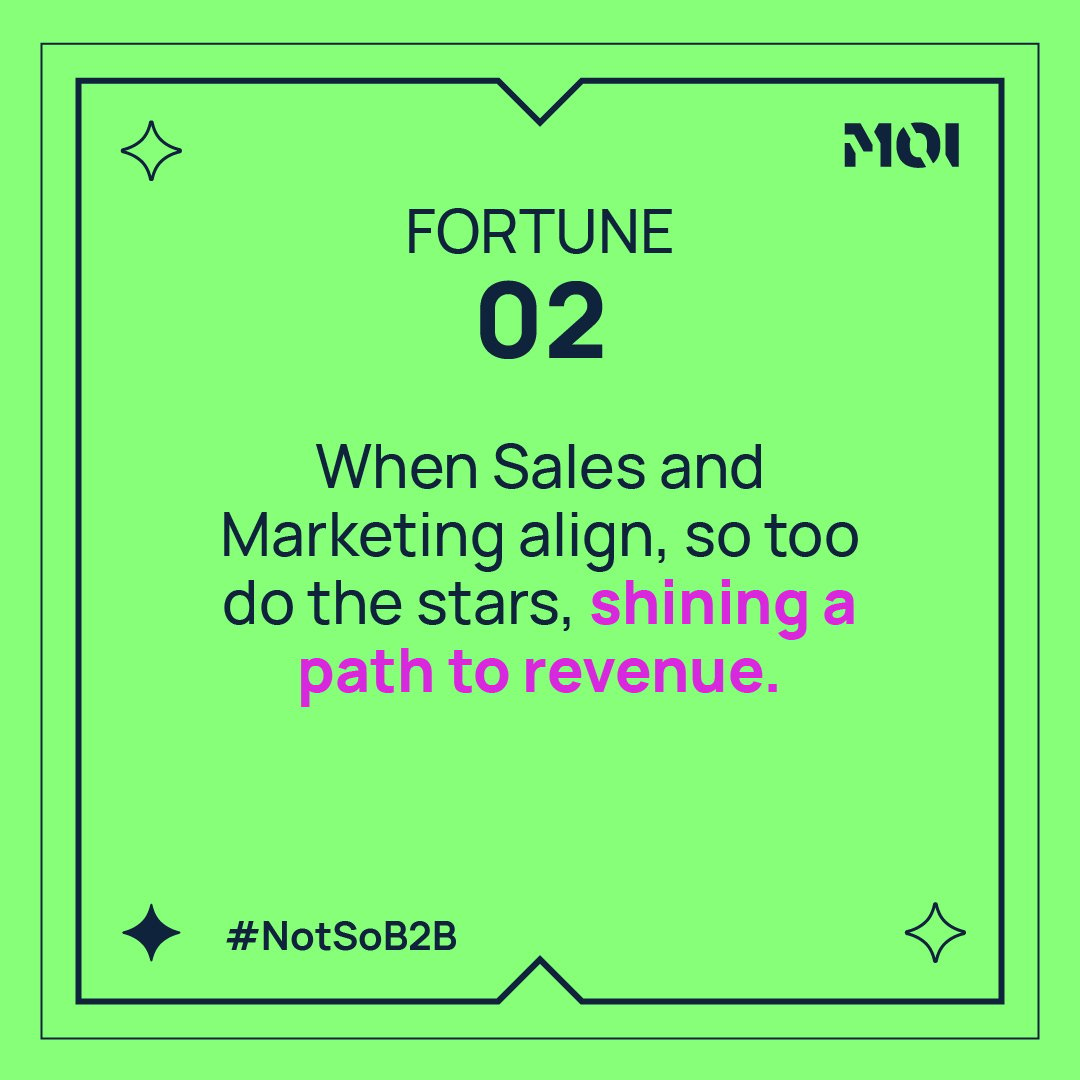
ABM’s success hinges on greater alignment between Sales and Marketing, and one team cannot be effective without the other. When they’re both working toward the same revenue goals, your ABM programmes are the real winner. But alignment also needs to be driven from the top down, with senior management and the C-suite leading the way.
3. AI signals a linguistic renaissance.
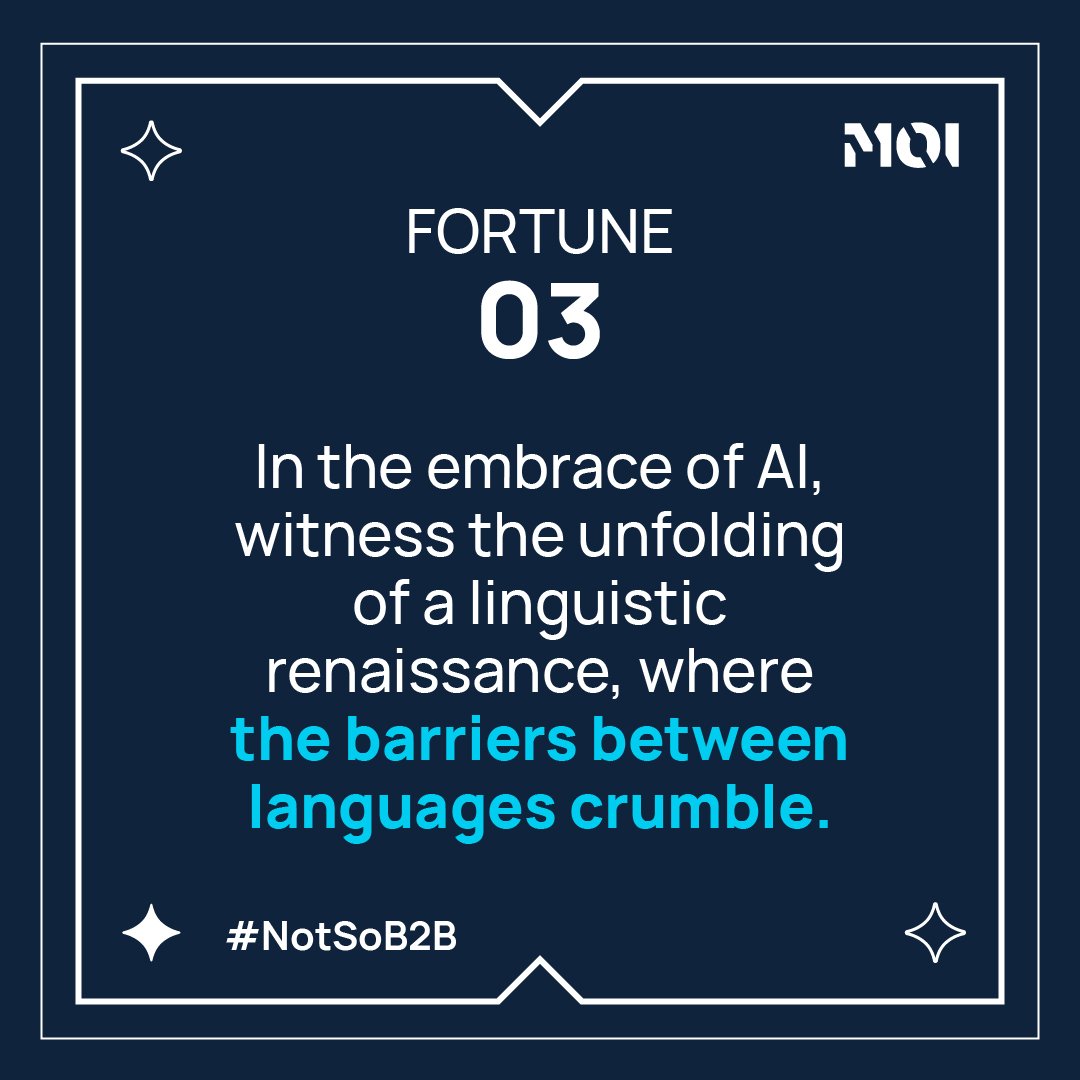
To date, localising English content for non-English speaking markets has been a resource-intensive challenge. But AI and natural language models are set to drive huge efficiencies—opening up opportunities to run more complex go-to-market strategies in non-English markets, and the ability to personalise content at scale with a single investment.
4. In ABM account prioritisation, size does matter.
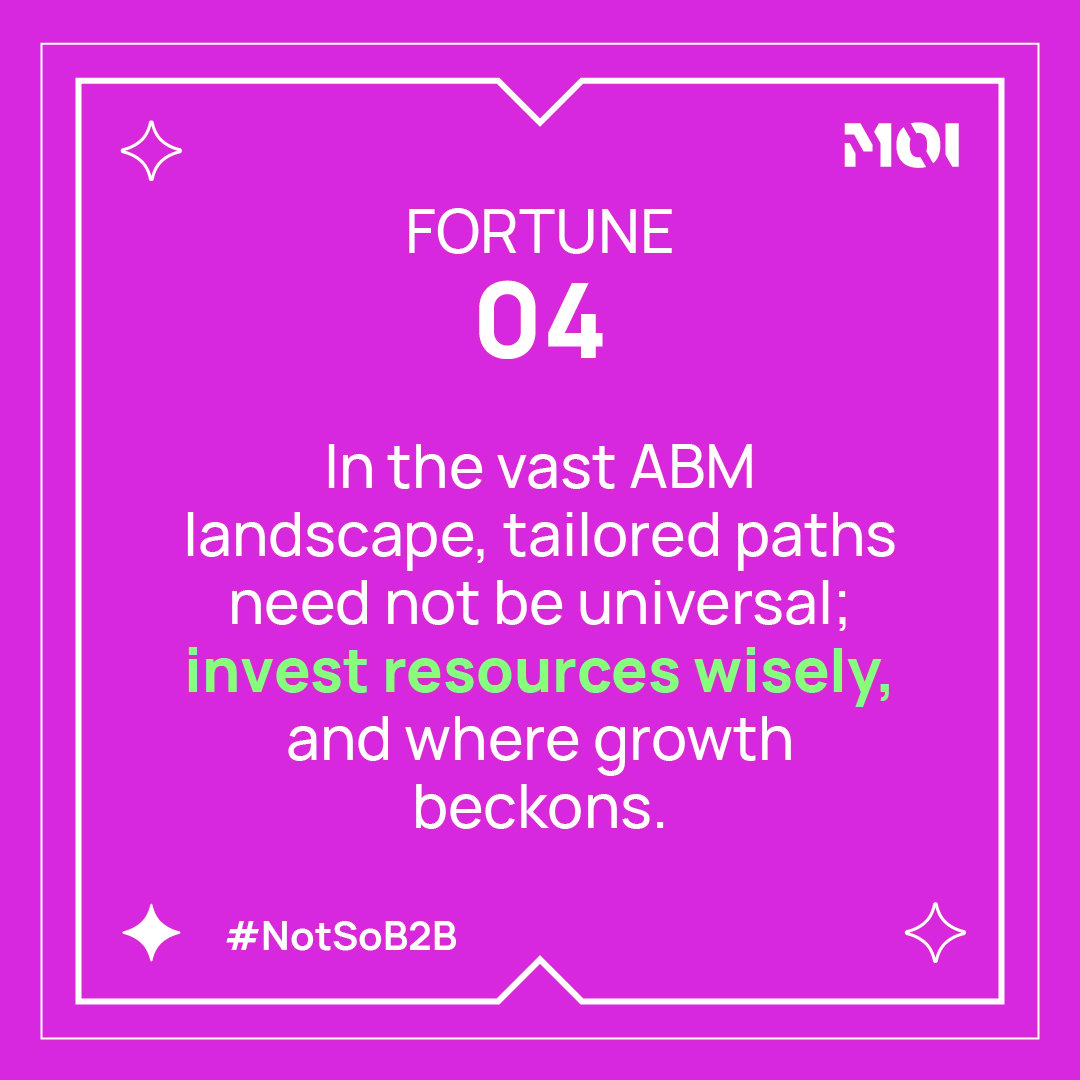
When running ABM programmes, personalisation at scale is often the biggest barrier to entry. You need to segment and invest time and resources, based on growth opportunities. Choose wisely. Focus your investments and effort on the elements of your go-to-market strategy where you can make a measurable impact to prove the concept, iterate, and grow. We call this approach Account-Based Applied.
5. Creativity connects. Data makes it count.
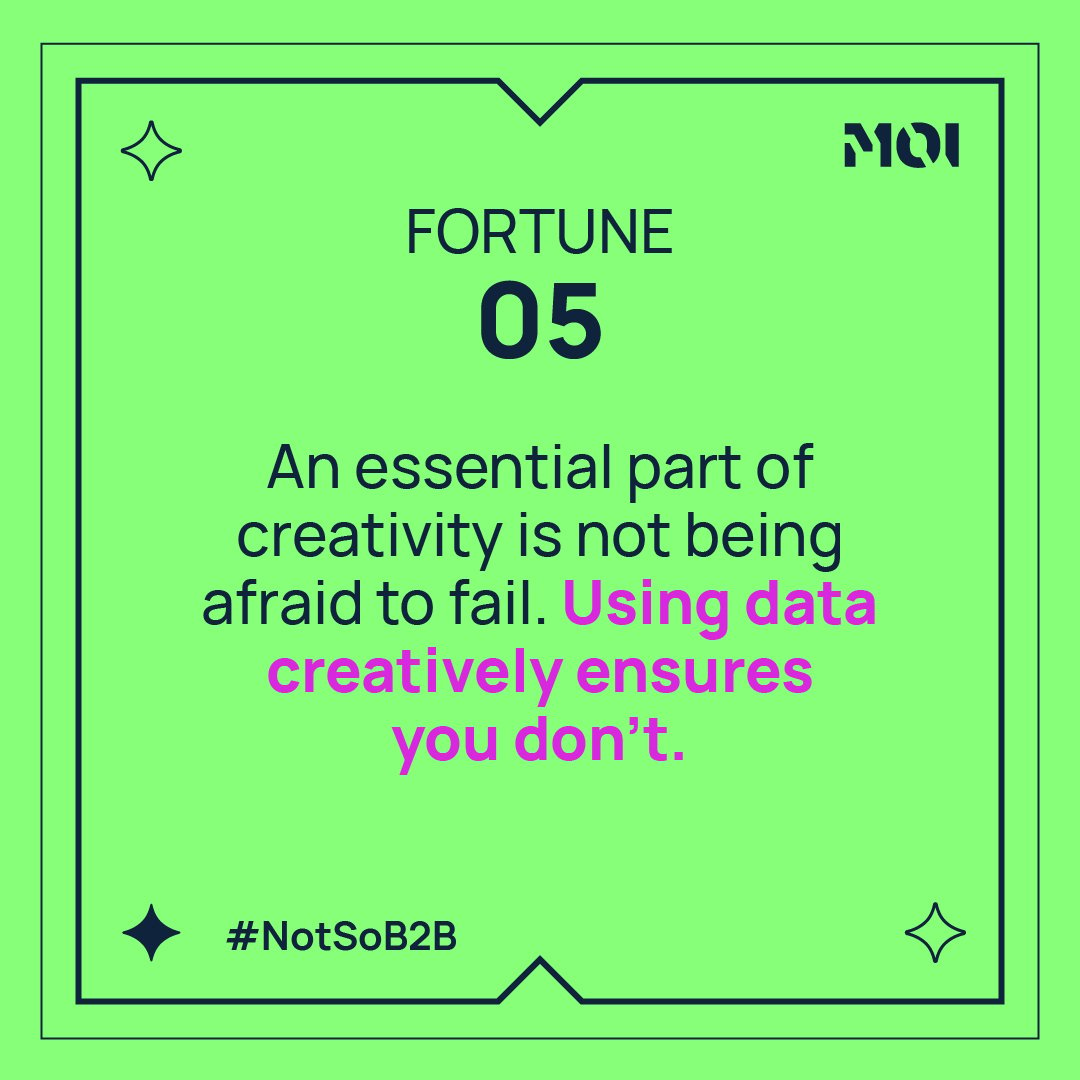
Data creativity separates the Davids from the Goliaths. And as you strive to engage, inform, and persuade audiences, you rely more on data to craft narratives that wow audiences, inspire action, and generate revenue. But data alone won’t tell compelling stories. Reframe it in interesting ways and you’ll truly stand out in the sea of sameness. It’s time for you to get creative with data.
6. Turn your systems into treasure detectors.
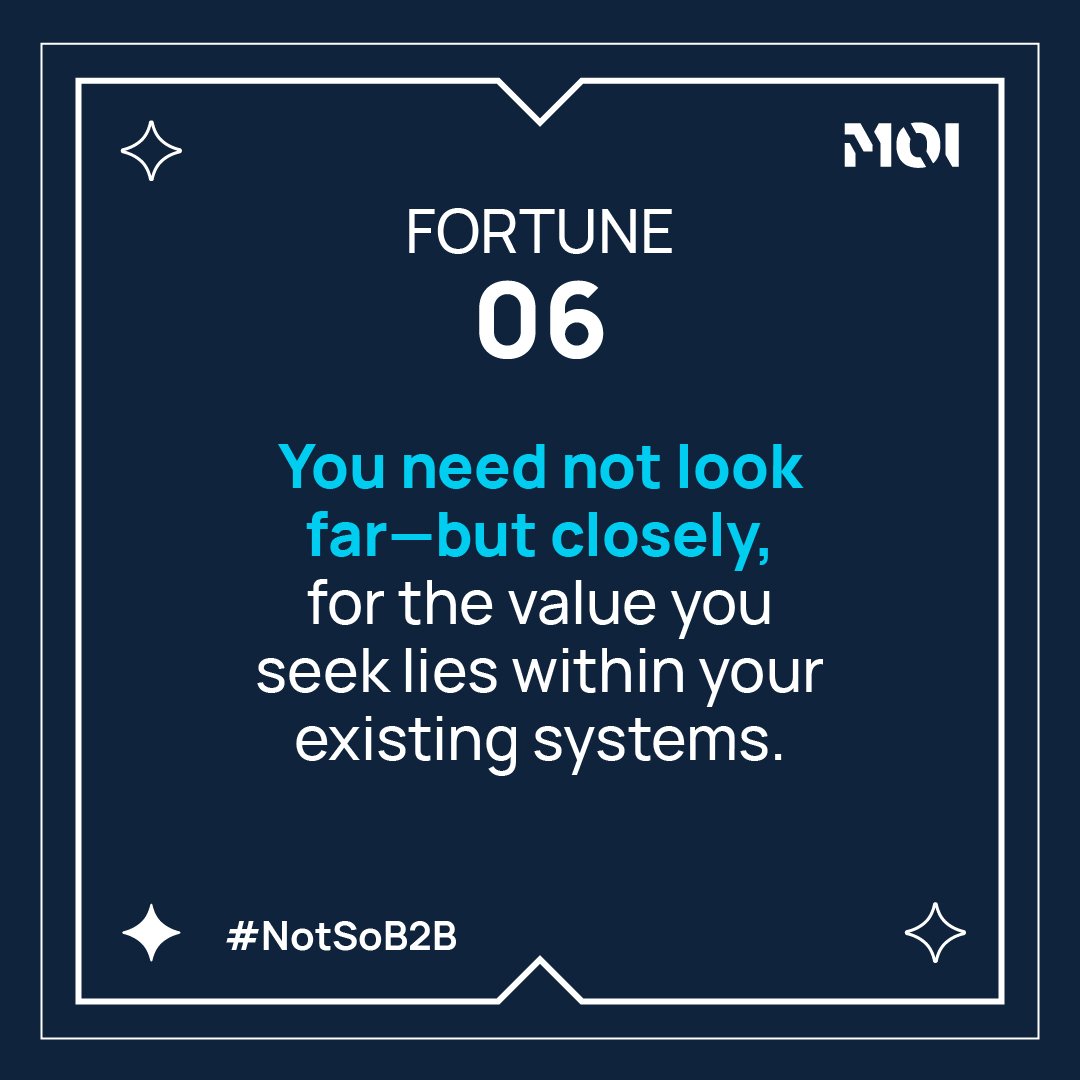
Today, marketers don’t need an arsenal of tools to spot growth opportunities; they just need to know how to use them effectively. Try these four steps. Spot: Recognise which data points represent an opportunity. React: Conduct analysis and research by corroborating with other data sources to understand the intent and priorities of the customer. Tailor: Keep a bank of off-the-shelf content, comms, and other assets to tailor to accounts or clusters so you can react quickly. Run: Alongside sales or customer teams, run precision plays into the cluster or account.
7. Tailor propositions, not content.
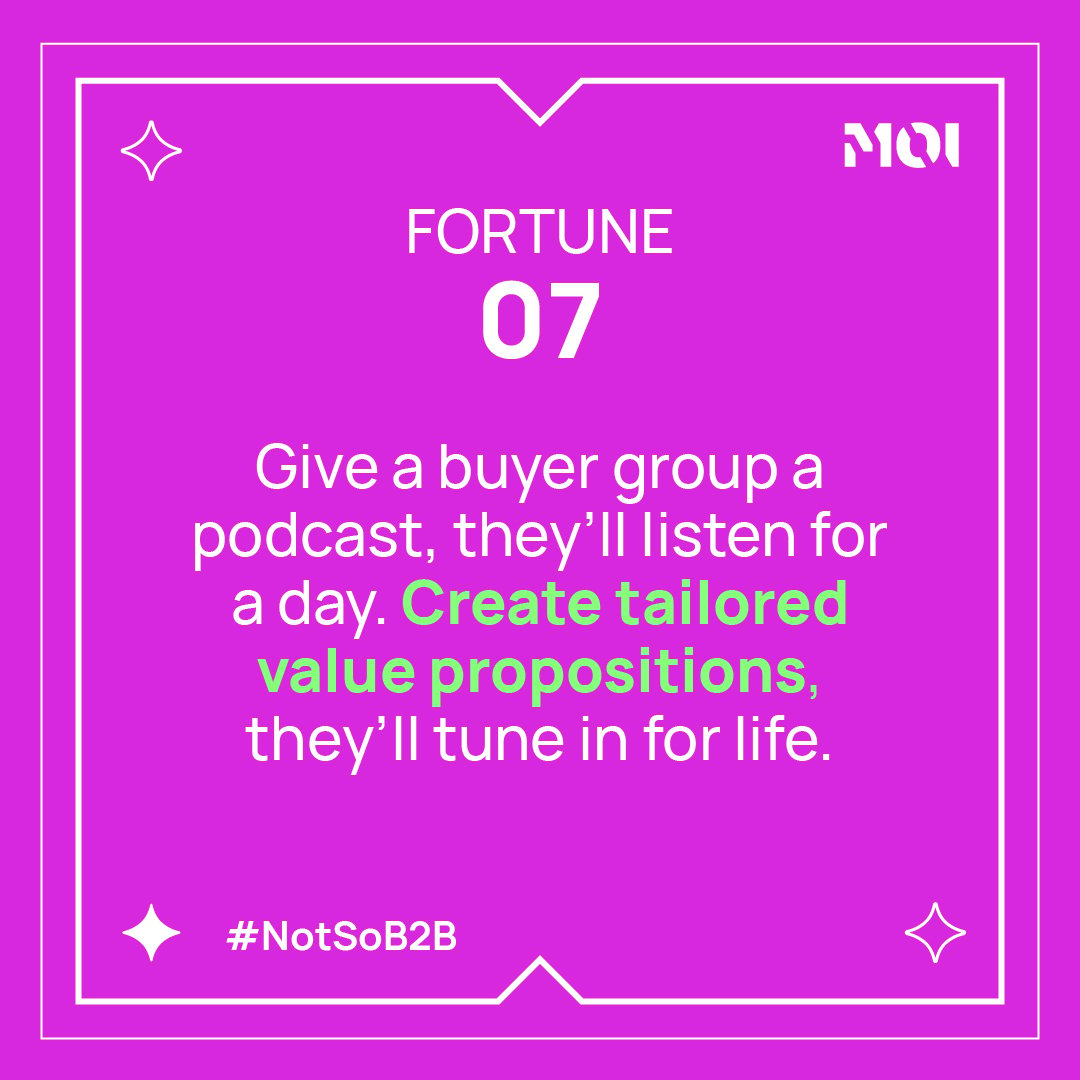
Marketers often neglect tailoring value propositions, opting to customise extensive content without proper preparation. However, creating personalised value propositions is more customer-centric and requires fewer data sources than customising content at every buyer cycle stage. Communicating value effectively to diverse audience segments becomes challenging without personalised propositions. Marketers must gather customer feedback at scale and find efficient methods to seamlessly integrate personalised value propositions and messaging throughout the buyer journey.
8. Social listening is the key.
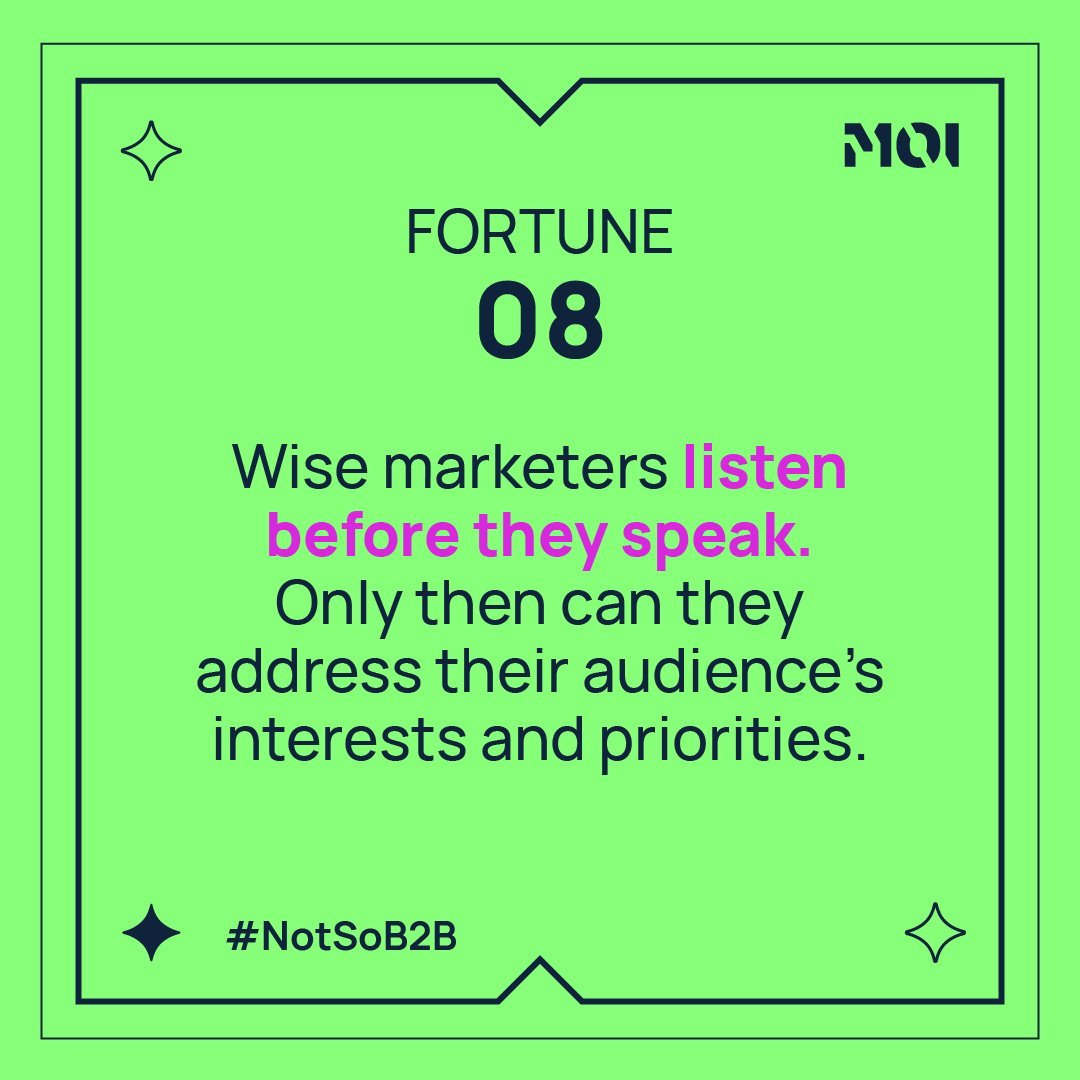
Social listening is a vital to addressing audiences’ interests and priorities. Creating indexes from its data lets you measure both competitor density and your own share of voice to determine priority industries and markets. Seeing where you’re over or under-competing for your size, and where your competition is focussing enables you to spot diamonds in the rough. Where others zig, you zag—that way, by using data to inform strategy through intelligence, you can capitalise on your strengths, shore up your weaknesses, and stand out.
9. Don’t gate your gifts.
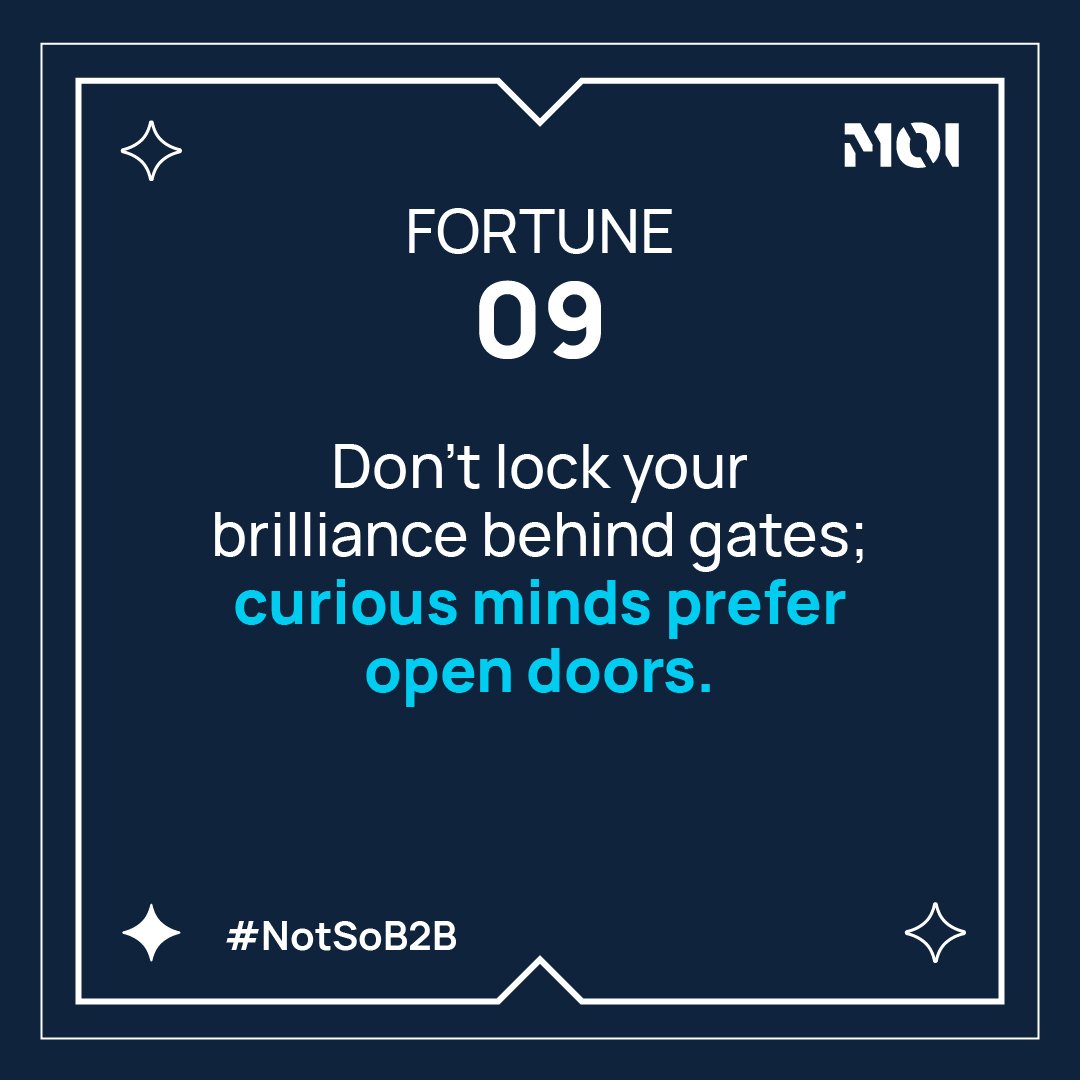
In the B2B world, the debate about whether to gate content or not, goes on. We think marketers that ask audiences to provide contact information before they can access valuable content, are missing a trick. On average, less than 5% of people complete a form they’re led to, so why would you want to stop 95% of your audience reading great content that could drive them to choose your brand? Does feeding the MQL machine justify marketing that doesn't actually help customers buy your product?
10. White space isn’t empty space.
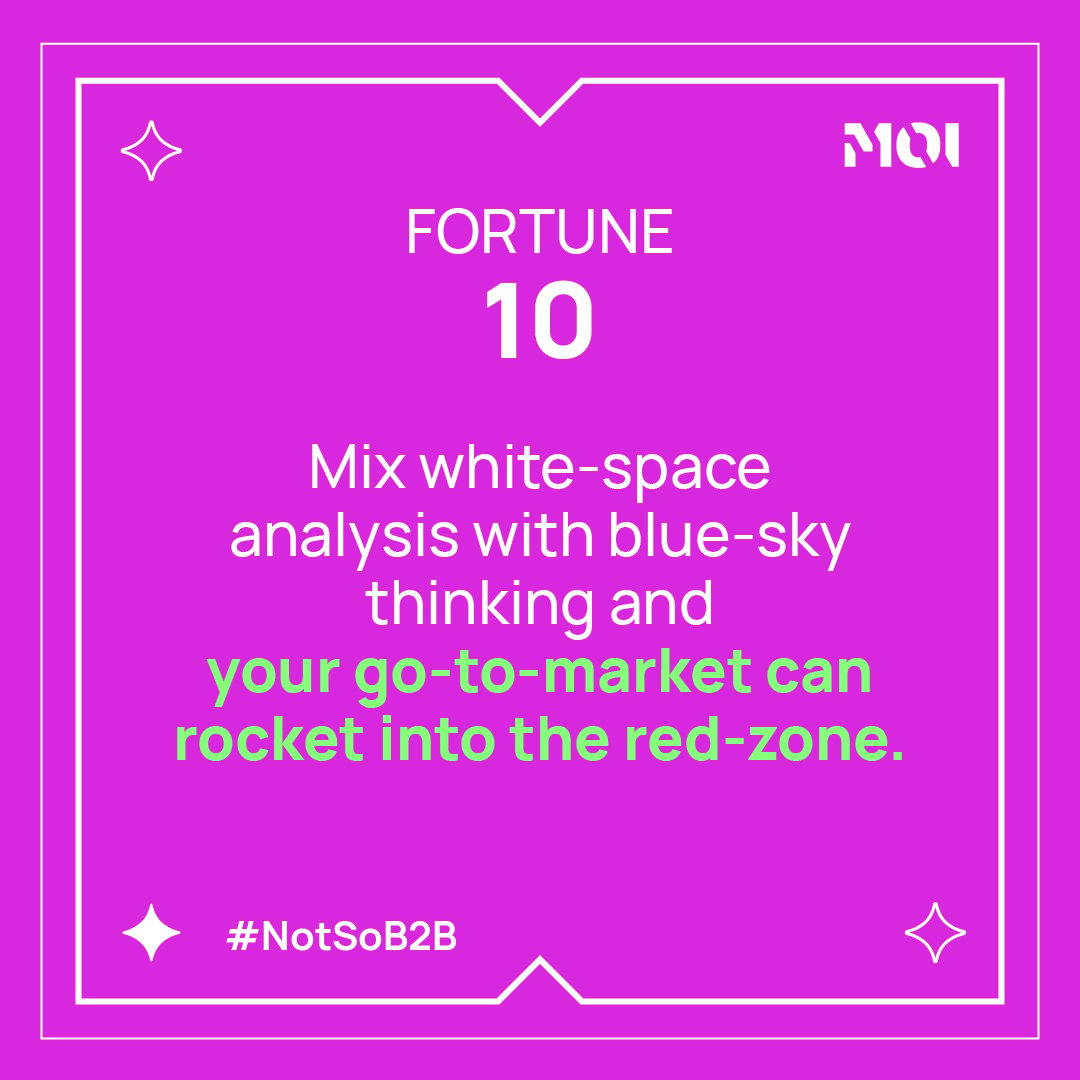
Finding opportunities for additional revenue from existing customers is a priority; but few businesses understand their customers and market well enough. Dare to be different. White space analysis helps identify new revenue opportunities by uncovering key information. Such as what your best accounts look like, which ones continue to spend more money or have the highest customer lifetime value.
11. Flip the script on customer centricity.
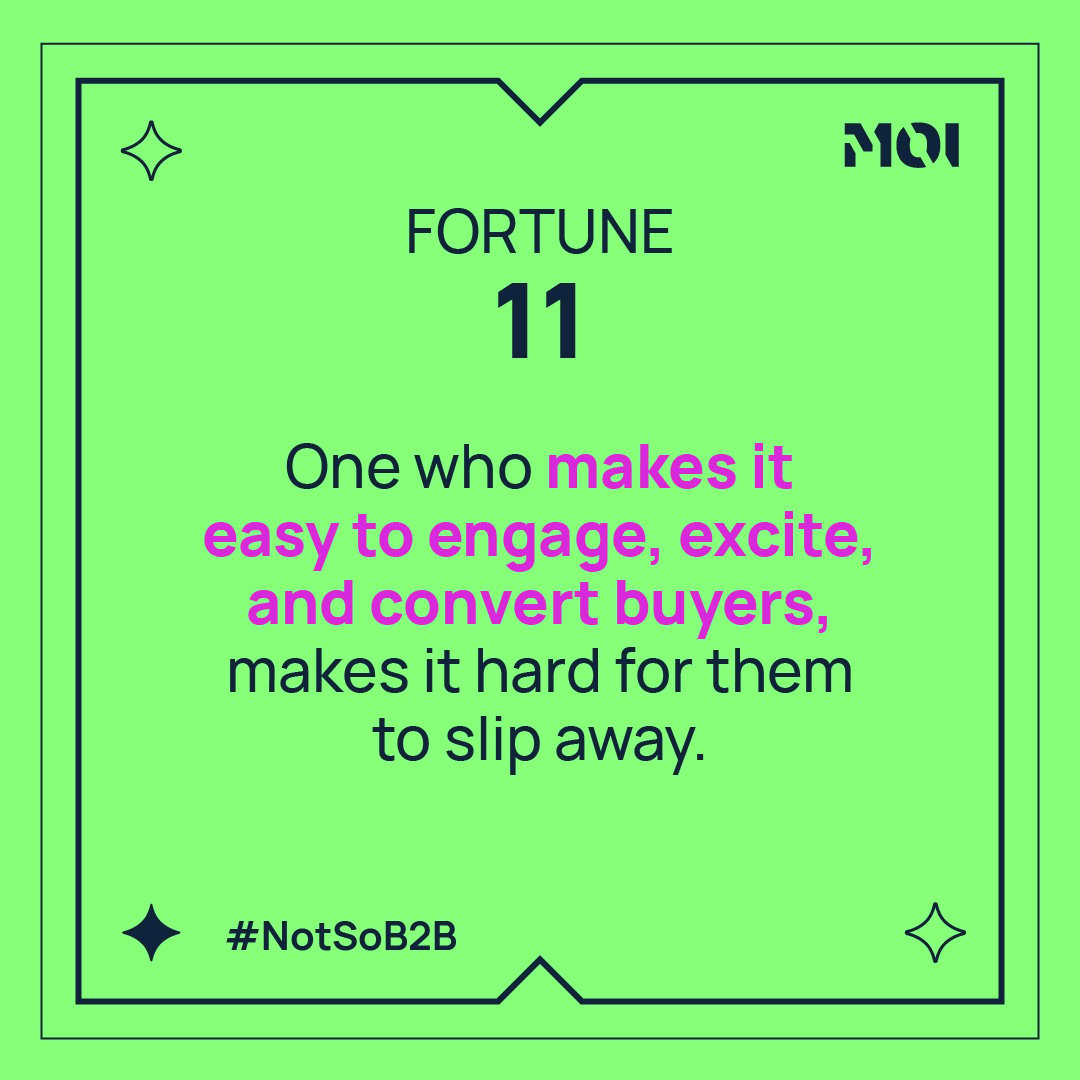
Current B2B marketing models don’t make it easy to engage with buyers. In 2024, the trend will be to build marketing that favours how customers want to buy—instead of how Sales wants to sell. This will drive more revenue which should be the ultimate marketing measurement.
12. Loyalty pays.

Loyal customers are not only a steady source of revenue; in most cases they also have a higher lifetime value. So why spend five times more to acquire a new customer than to retain and develop an existing one? Nurturing loyalty is vital to growing your business. And it offers you a powerful competitive edge.
If you’ve been inspired by these, or you want to know more about our ABM expertise, Intelligence Unit, or why we’re a B2B agency that’s that's not so B2B, get in touch with us here and we’d love to discuss your go to market plans.

